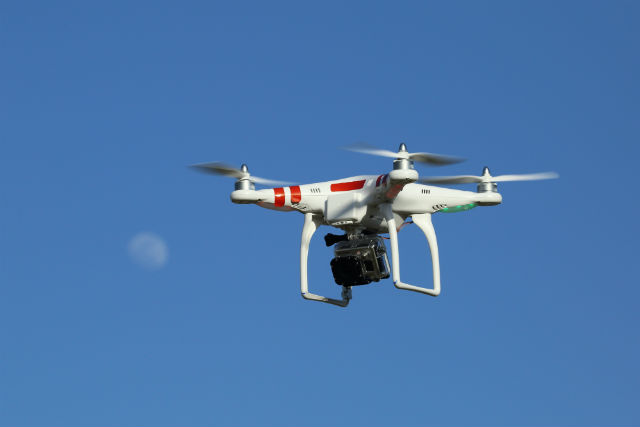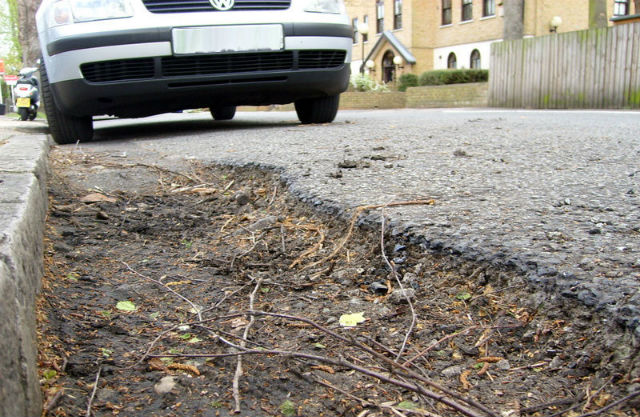The University of Leeds has won £4.2m in funding to develop robotic drones that can fly in and fix potholes, street lights and utilities pipes.
Funded by the Engineering and Physical Sciences Research Council, it’s part of a wider £21m funding grant for research which aims to tackle some of the major challenges facing science and engineering.
The new robots will be able to fly and perch on structures like birds to perform repairs at height, autonomously inspect and diagnose potholes and operate independently to repair and report tasks.
Working with Leeds City Council and the UK Collaboration for Research in Infrastructure and Cities, the University’s team will ensure that each robot has been thoroughly tested before being trialled.

Dr Rob Richardson, director of the National Facility for Innovative Robotic Systems at the University said: “Detecting faults and weaknesses early and then quickly performing smart repairs is the key.
“Our robots will undertake precision repairs and avoid the need for large construction vehicles in the heart of our cities. We will use the unique capabilities of our robotic facility to make new, more capable robots.”
According to the team, the critical part of the project will be programming the robots to be proactive rather than reactive, detecting potential faults and fixing them before they ever become a problem.
Announcing the funding during a visit to the University of Cambridge, Minister Jo Johnson said: “As a One Nation Government we are investing in world-class science and engineering across our country.

“We want the UK to be the best place in Europe to innovate and this £4.2 million investment will bring together researchers to address some of the most pressing engineering challenges we face.”
Professor Phil Purnell, from the School of Civil Engineering, and who is leading the research team, noted the University’s strong track record for working with communities to improve infrastructure.
He said: “We need this combined scale and knowledge if we are going to succeed in addressing some of the major challenges and build cities that are fit for the future.”



